Résumés Année 2012
"Molecular tectonics: Zinc coordination networks based on centric and acentric porphyrins bearing pyridyl units"
F. Sguerra, V. Bulach, M. W. Hosseini, Dalton Trans., 2012, 41, 14683-14689.(download .pdf)
Abstract: Two new ligands, one symmetric 1 and the other acentric 2, based on a porphyrin backbone bearing either two ethynylpyridyl or one pyridyl and one ethynylpyridyl coordinating groups connected to the porphyrin at two opposite meso positions have been designed and prepared. Il the presence of Zn(II) cation, they lead to the formation of neutral metallatectons 1-Zn and 2-Zn which selfassemble into coordination networks in the crystalline phase. Whereas the metallatecton 1-Zn leads exclusively to the formation of grid type 2D networks, 2-Zn generates two types of crystals with rod and rhombic morphologies. The rod type crystals are composed of 1D zigzag type arrangement whereas crystals with rhombic morphology are composed of directional 2D grid type architecture. The packing of the latter leading to the formation of the crystal occurs in a centrosymmetric fashion causing thus the loss of directionality.
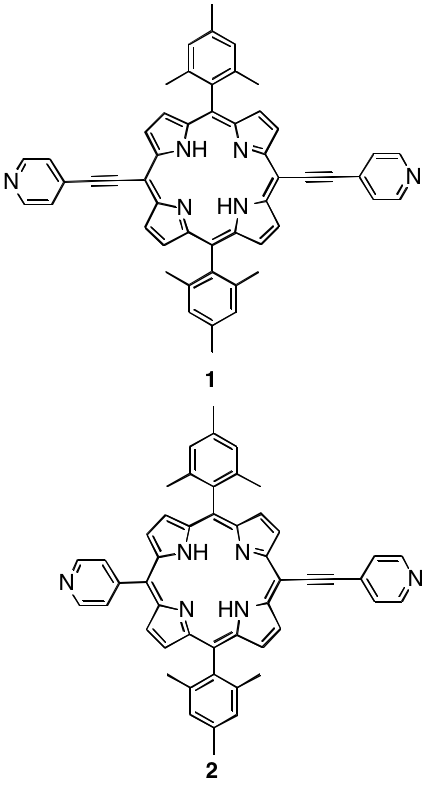 |  | 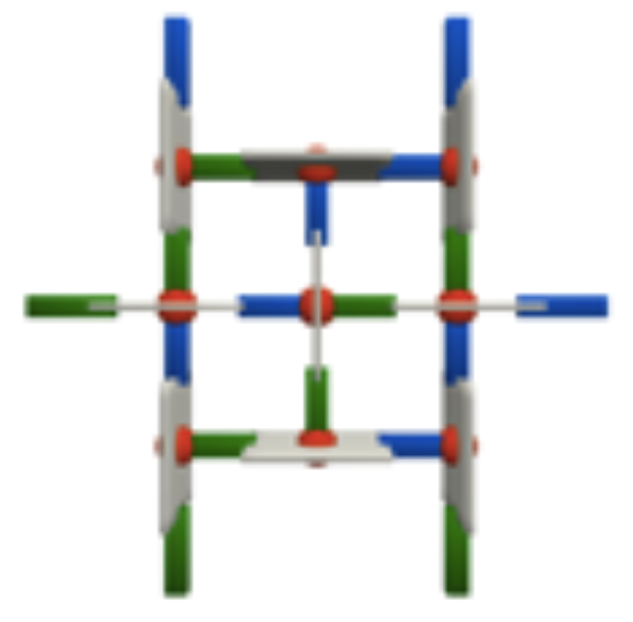 |
"Stepwise construction of grid-type Cu(II)/Cd(II) heterometallic MOFs based on an imidazole-appended dipyrrin ligand"
Antoine Béziau, Stéphane A. Baudron, Dmitry Pogozhev, Audrey Fluck and Mir Wais Hosseini, Chem. Commun., 2012, 48, 10313-10315. (download .pdf)
Abstract: An imidazole-appended dipyrrin ligand yields, upon coordination to Cu(II) cations, a linear metallatecton that self-assembles with Cd(II) salts to afford 2D grid-type MOFs which, upon parallel stacking, leads to porous crystals offering 1D channels.
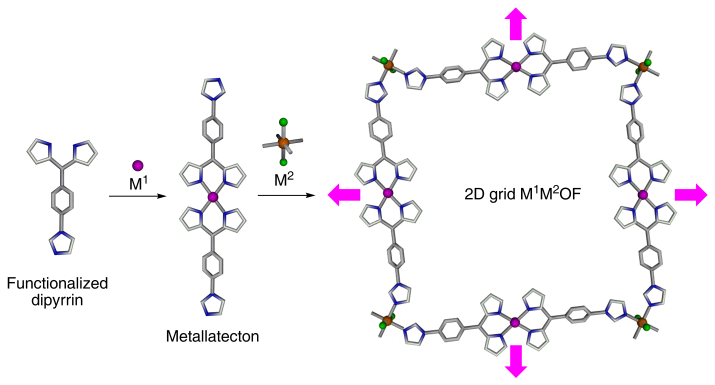 |
|
" Sensitisation of the NIR emission of NdIII from the singlet state of porphyrins bearing four 8-hydroxyquinolinylamide chelates "
Aurélie Guenet, Fabrice Eckes, Véronique Bulach, Cristian A. Strassert, Luisa De Cola and Mir Wais Hosseini, ChemPhysChem., 2012, 13, 3163-3171. (download .pdf).
Abstract: The α4 atropoisomer of a tetraaryl porphyrin and its PdII complex, both bearing four hydroxyquinolinyl chelating units preorganised on the same face of the porphyrin backbone, bind a Nd(III) centre affording thus either a mononuclear or a heterobinuclear anionic species, respectively. The NIR emission of the lanthanide centred at 1064 nm is observed upon excitation of the Soret band at 425 nm. Sensitisation proceeds mainly from the singlet state of the porphyrin.
 |  |
|
"Giant core-shell nanospherical clusters composed of 32 Co or 32 Ni atoms held by 6 p-tert-butylthiacalix[4]arene units"
Alexandre Gehin, Sylvie Ferlay, Jack M. Harrowfield, Dieter Fenske, Nathalie Kyritsakas and Mir Wais Hosseini Inorg. Chem., 2012, 51, 5481-5486. (download .pdf)
Abstract: Using combinations of p-tert-butylthiacalix[4]arene (TCA) and [M(DMSO)6(BF4)2] salts (M = Co(II) or Ni(II)), two almost isostructural core-shell type thermally stable giant nanoclusters, composed of 32 metal centres, 6 deprotonated calix units binding the metal centres by both their O and S atoms, 24 m-oxo or m-hydroxo bridging groups and 6 MeOH molecules, have been prepared under mild and reproducible conditions. For both giant clusters, the oxidation state II (MII32O16(OH)8(CH3OH)6TCA6 (M = Co, Ni)) for the metal centre was demonstrated by XPS and electronic absorption spectroscopies.
 | 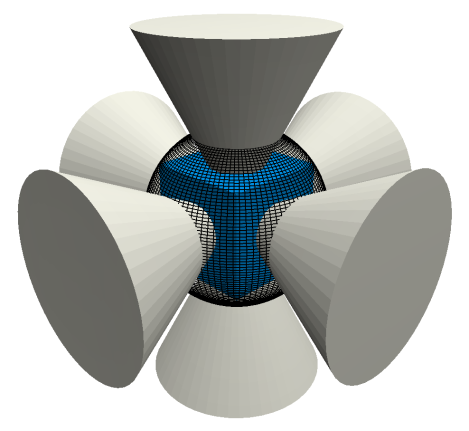 | 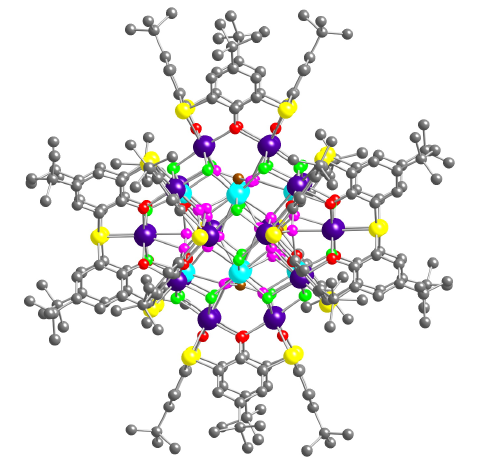 | 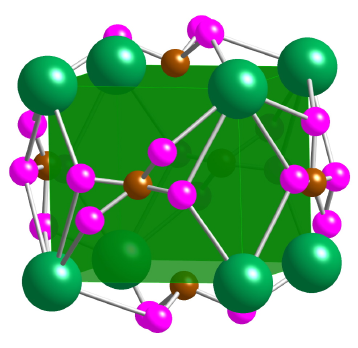 |
"Porphyrin Lanthanide Complexes for NIR emission"
Véronique Bulach, Fabien Sguerra, Mir Wais Hosseini Coord. Chem. Rev., 2012, 18, 1468-1478. (download .pdf)
Abstract: This review deals with the NIR emission of lanthanide cations sensitized by porphyrin derivatives acting as antenna is presented. The critical literature survey revealed mainly two design strategies based on either the direct complexation of the Ln(III) cations by the tetraazacore of the porphyrin or by peripheral ligands covalently connected to the porphyrin backbone. For the reported examples, the design principles, structural analysis and photophysical studies are presented and discussed.
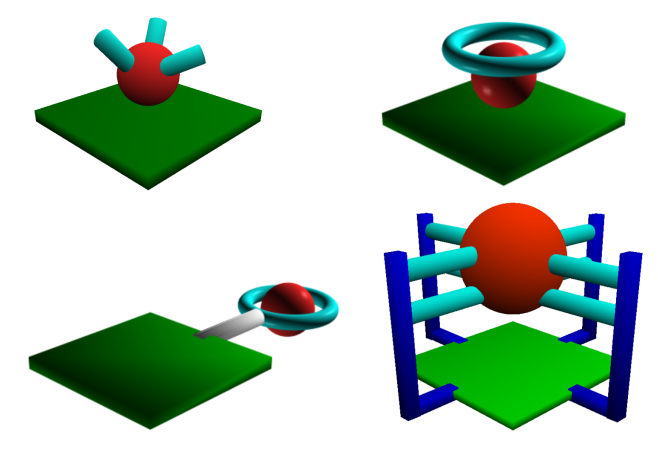 |  |
"Excited State Properties and Energy Transfer within Dipyrrin-Based Binuclear Iridium/Platinum Dyads: The Effect of Ortho-Methylation on the Spacer"
Catherine Bronner, Manoel Veiga, Aurélie Guenet, Luisa De Cola, Mir Wais Hosseini, Cristian A. Strassert and Stéphane A. Baudron, Chem. Eur. J., 2012, 18, 4041 -4050. (download .pdf)
Abstract: Luminescent cyclometallated iridium complexes based on pyridyl appended dipyrrin ligands were prepared and characterized both in the solid state and in solution. The functionalization of the peripheral pyridyl moiety causes dramatic changes on the emission properties of mononuclear or heterobinuclear complexes. A detailed photophysical investigation of the two mononuclear derivatives of the [(Ppy)2Ir(dpm-py)] family (Ppy = 2-phenylpyridine, dpm-py = 5-(4-pyridyl)dipyrrin) was carried out. Introduction of methyl groups at the 3 and 5 positions on the pyridyl unit diminishes the non-radiative rate constant by locking the peripheral pyridyl group orthogonally to the dipyrrinato plane. Thus, they limit the rotational degree of freedom, as well as the charge-transfer character of the excited state. The coordination of these two complexes to a cyclometallated [(dppy)Pt] fragment (dppy = 2,6-diphenylpyridine) led to the formation of binuclear species in which the iridium and platinum complexes behave as acceptors and donors, respectively. In these heterobinuclear compounds, the methyl groups do not influence the energy transfer efficiency, which is estimated to be above 90%. However, they do limit the charge-transfer character of the acceptor’s excited state, as well as its rotational degree of freedom, thus avoiding the detrimental effect upon the photophysical performance.
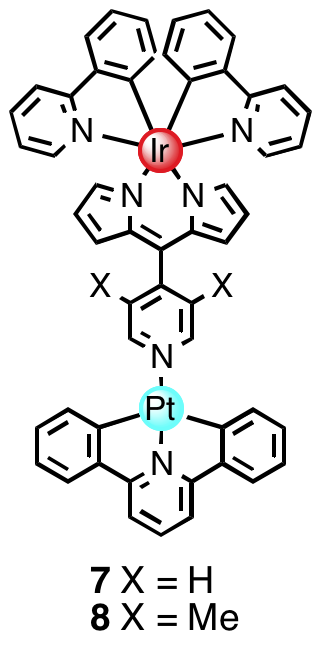 |  |  |
"Strapped porphyrin based molecular turnstiles "
Thomas Lang, Ernest Graf, Nathalie Kyritsakas and Mir Wais Hosseini
Chem. Eur. J., 2012, 18, 10419–10426. (download .pdf)
Abstract: The synthesis of a series of molecular turnstiles bearing both H-bond donor and acceptor sites was achieved. The design was based on tetraaryl X2SnIVporphyrins (X = Cl or X = OH) as H-bond acceptor stators equipped with a rotor bearing a pyridyldiamide moiety as a H-bond donor. In solution, using 1- and 2-D NMR techniques, it has been shown that the switching between the closed state resulting from the formation of intramolecular H-bonds and the open state of the turnstile may be achieved using external H-bond acceptor molecules such as DMSO. The solid state structure of the closed state of the turnstile was established by X-ray diffraction on single crystal.
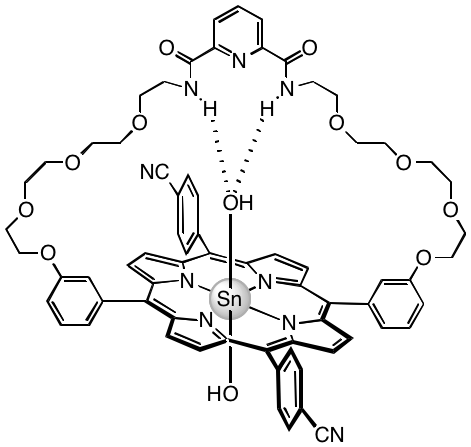 | 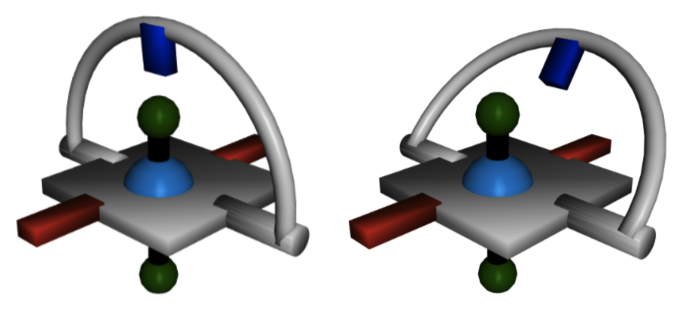 | 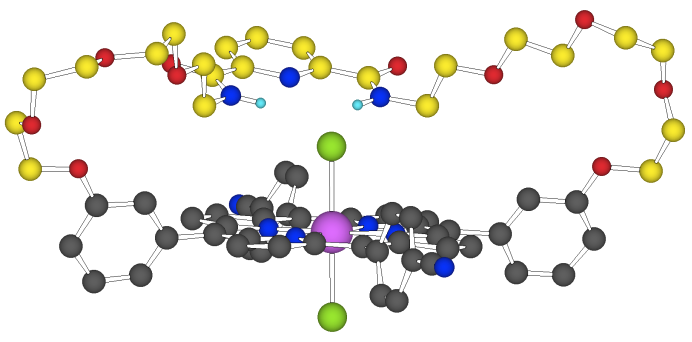 |
"Molecular tectonics "
Wais Hosseini
In Applications of supramolecular chemistry, Ed. H.-J. Schneider, Taylor&Francis /CRC, 2012.
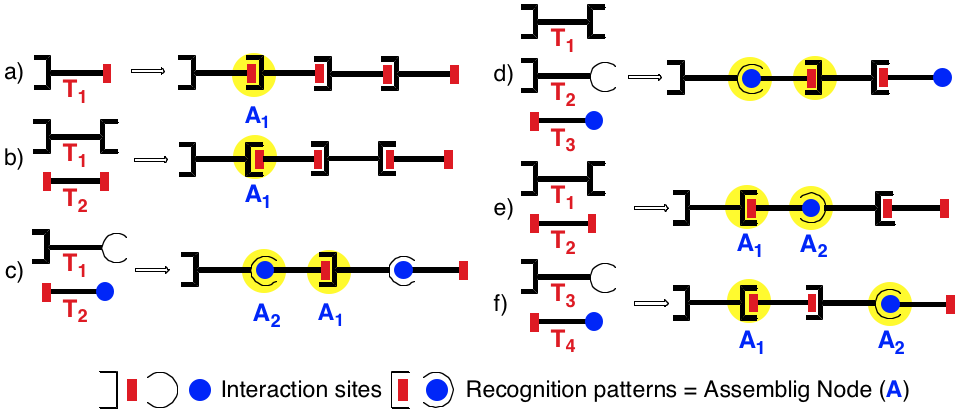 | 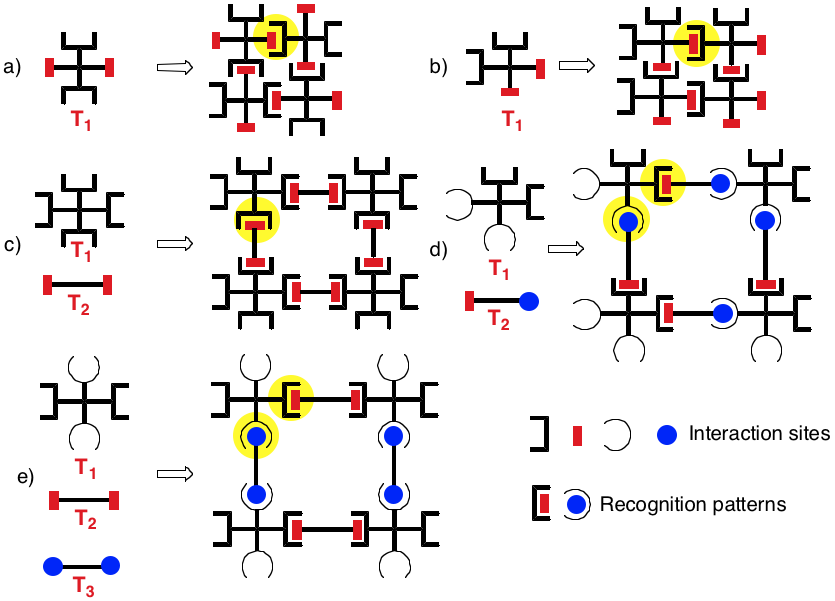 |




